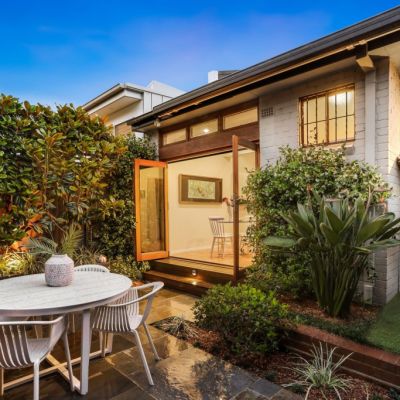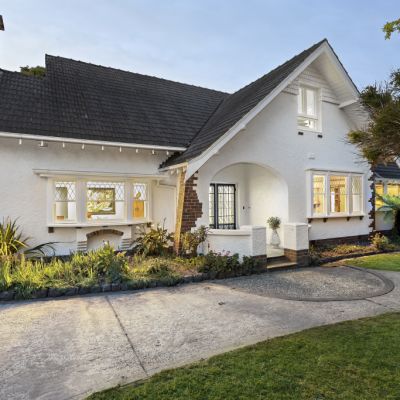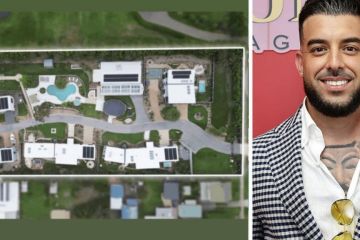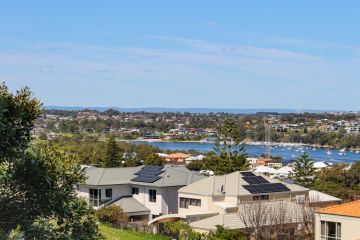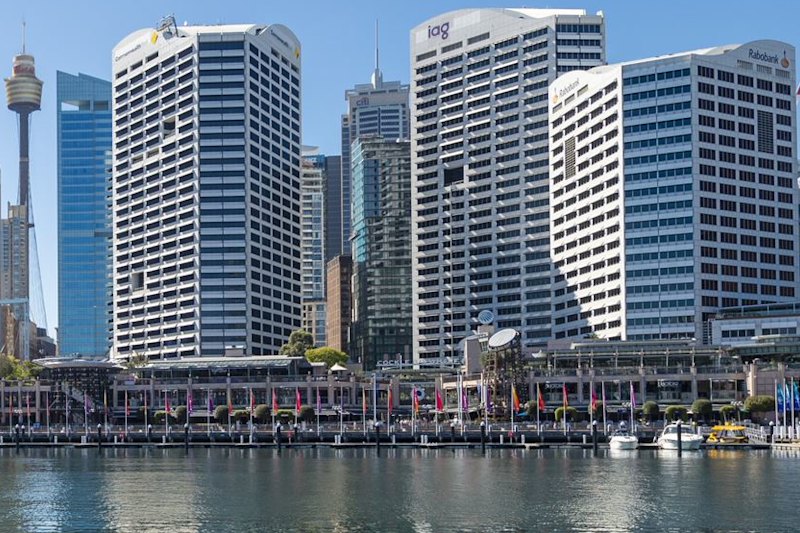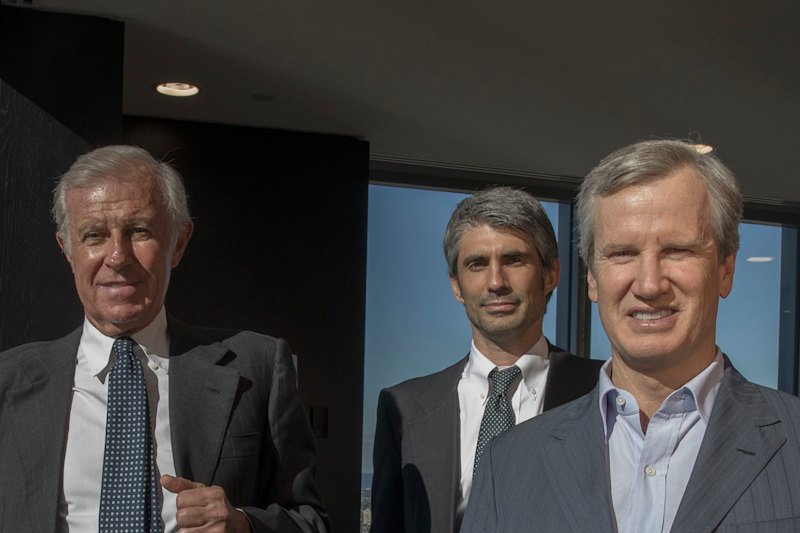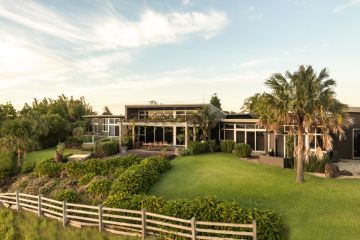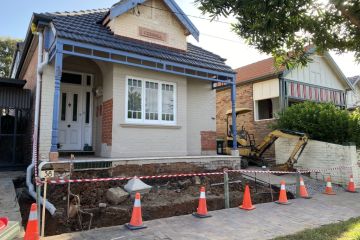The cities still going backwards while the rest of Australia’s property market is in recovery
Australia’s property market has almost fully recovered from the 2022 downturn, but there’s three capital cities that are taking a lot longer to bounce back.
Domain’s recently released House Price Report revealed the national median house price is just $2000 short of returning to pandemic boom highs – a stunning turnaround from last year’s short and sharp downturn.
Every capital city is now in a state of recovery, having either risen or stabilised over the September quarter.
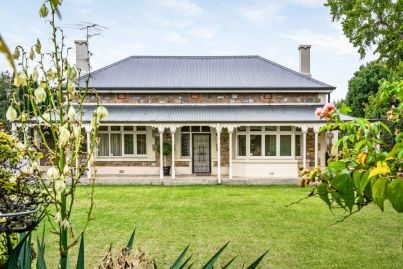

Looking at prices over the past 12 months however, there is a clear gap between what’s happening in three of Australia’s smallest capital cities – Hobart, Darwin and Canberra – and every other capital.
Sydney, Melbourne, Brisbane, Adelaide and Perth have all moved back into positive annual growth. Sydney house prices have risen by 8.1 per cent over the past year, Adelaide’s by 8.4 per cent, Perth’s by 10.4 per cent and Brisbane by 3.3 per cent.
Sydney and Brisbane are both tipped to surpass their peak prices and break new records by the end of this year.
Hobart, Darwin and Canberra, however, are still showing declining annual prices. House prices fell 2.9 per cent in Canberra over the past 12 months, 3.2 per cent in Hobart and 8.1 per cent in Darwin.
From their pandemic price peaks, that gap widens even further; Darwin is still 14 per cent away from its peak; Canberra 11.3 per cent, and Hobart 6.1 per cent from its record price.
AMP’s chief economist and head of investment strategy Shane Oliver says the three cities saw healthy growth during the COVID property boom but external factors have impacted its markets.
“At the moment, Sydney and Melbourne are benefitting from the return of international migration. The interstate migration boost is felt more in Brisbane, Perth and to a lesser degree, Adelaide. Whereas smaller cities like Hobart, Darwin and Canberra miss out on that,” he says.
“These cities benefitted a lot during the COVID period when people were less keen on the big cities and it also had more affordable housing available, so it was a big push in migration … but it seems that demand has rescinded and the market has waned.”
Darwin agent Daniel Harris of Real Estate Central NT says while the data shows price falls, it’s operating as a “two-speed market”.
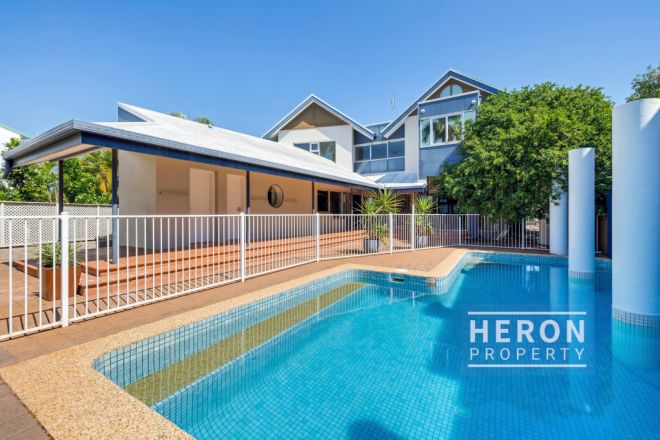
“There’s a certain part of the market that’s going really well, and the other part that’s not, and that’s probably what’s dragging the overall figures down,” he says.
“Demand for turnkey homes with little to no work to do are selling really well with competition in a short time frame … [but] fewer people seem willing to purchase the fixer-uppers that require serious work. Properties that need money spent on them in any location and certainly those in less desirable suburbs have definitely dropped.
“I’m not sure I’ve seen a market in 16 years selling real estate where the high-end [market] is performing significantly better than the more affordable sector,” he says.
Buyers are also paying more for established, turnkey properties in Canberra, says Michael Braddon of Blackshaw Gungahlin.
“A lot of buyers are putting money on their time, so if it’s going to cost them a lot of time [to renovate], then they’re allowing extra money to cover that as well,” he says.
“It takes time to renovate [and] that’s one of the challenges we’re facing right now, which is getting buyers excited about property that need some renovation work particularly buyers that aren’t tradespeople themselves.”

The reason Canberra’s market is taking longer to recover than other capital cities can be attributed to the depth of its downturn, Domain’s chief of research and economics Dr Nicola Powell says.
“The conditions for Canberra were quite unusual. It was the steepest upswing, and the steepest downturn the market had ever seen,” she says.
Canberra has officially moved into recovery after house prices increased for the first time since mid-2022 but so far the median house price has only recouped $18,000 of the $151,000 in value lost during the downturn.
However, unit prices in Canberra declined once again into the September quarter.
Unlike Sydney and Melbourne, Canberra is not known to have big swings in its property cycle, and Powell believes the negative migration in Canberra was the cause behind the long downturn.
Overseas and interstate migration can affect a city’s property prices when supply cannot meet population growth, she says.
“That was a market we’d never experienced before – and since then (COVID-19), we’ve had multiple interest rate increases which made buyers and sellers uncertain about their property decisions,” Braddon says.
“That uncertainty puts buyers’ decision-making in doubt, so they will hesitate to pay top dollar or even buy a property based on that uncertainty.
“Winter this year, however, was unseasonably strong compared to the months prior as demand was there. In winter, we’d have more than 10 registered bidders at an auction, which hadn’t been seen since COVID times and now we’re not seeing as many buyers but there is some demand.”
Nina Schubert of Knight Frank Tasmania says the past eight weeks have been “incredible” for her team, but before then, the market looked very different.

“It was definitely slow while we were going through the interest rate hikes. It was pretty hard to get buyers to put pen to paper. There were buyers around but we felt like the majority of the market was just sitting and waiting to see what was around the corner,” Schubert says.
“We’d have an interest rate rise early in the week and then that Saturday we’d have no one come through our open home … we’d have a little break, they’d slowly come back but it was just very hard to extract an offer and for people to feel confident enough to make an offer or they’d make an offer but come in under the asking price.”
Schubert likened Hobart’s property market to the early COVID-19 property market.
“When COVID came, the market came down quite quickly but then it was on an uphill very quickly … it was such a short-lived decline at the start and I think we experienced something quite similar in the past year,” she says.
“While we haven’t had the huge stock levels that spring would normally see right now, I think that tight supply is keeping our market afloat.”
We recommend
We thought you might like
States
Capital Cities
Capital Cities - Rentals
Popular Areas
Allhomes
More

